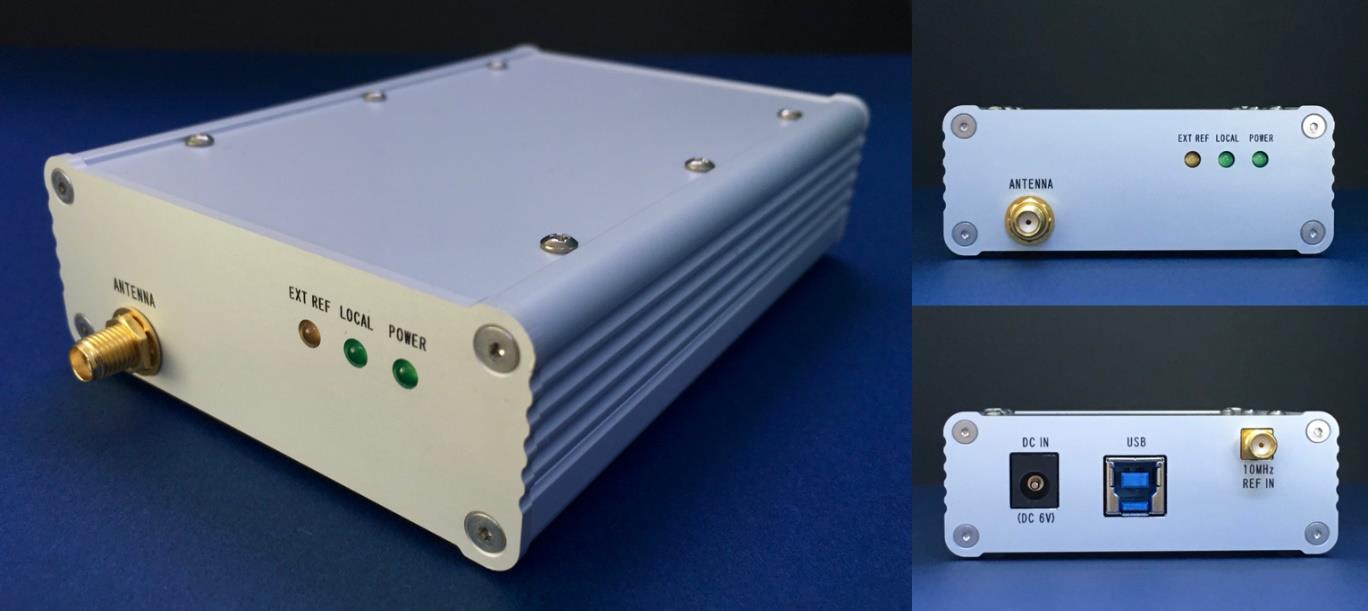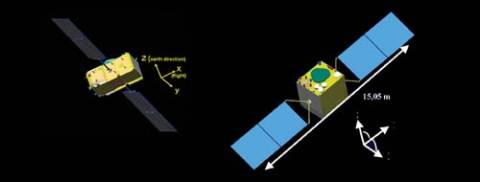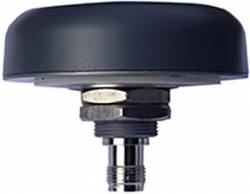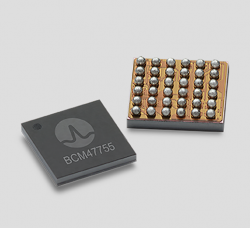Lighthouse Technology and Consulting Co., completed the development of a series of front-end processors, “Hibiki”, for software receivers, processing up to four frequency GNSS signals simultaneously. Japanese Quasi-Zenith Satellite System (QZSS) broadcast GNSS signals in 4 frequency bands — L1, L2, L5 and L6.
Similarly, GPS and Russian GLONASS broadcast in three bands, Europe’s Galileo and China’s BeiDou broadcast in four bands. However, many conventional front-ends process only two bands at the same time, and could not be used for highly specialized applications such as processing multiple signals with different frequencies at the same time.
Answering to such GNSS technology demands, Lighthouse has completed the development of a series of front-end processors called Hibiki. Hibiki has an unprecedented capability to process up to four frequency bands simultaneously, according to Lighthouse. One of the multiple products will be released within its lineup. Hibiki is designed to deliver overwhelming data transfer rate performance using USB 3.0, stably transmitting signal data to the host computer up to 50 million samples per second. These high sampling frequency is also unprecedented in the conventional front-end processors, which will help improve L5 signal receiving performance and multipath reduction.






